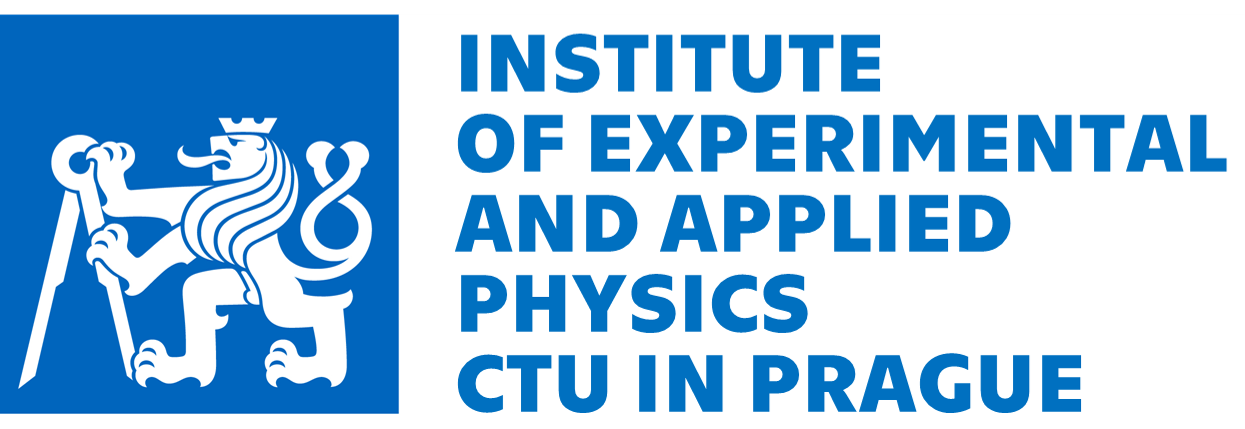

Attopixel imagers for physics: are these possible and useful?
Erik H.M. Heijne
CERN; IEAP, CTU
Abstrakt: The hybrid silicon pixel detectors, now widely used in nuclear and particle physics experiments, were developed between 1989 and 1998, and were originally based on the combination of 1980 infrared imager technology for space and 1990 silicon CMOS integrated circuit design. Since then, the silicon circuit technology has made impressive steps towards nano-dimensions, and in parallel, over the last decade monolithic silicon imagers with ever better resolution have become commonplace. The new industrial capabilities could be exploited to create new types of devices for scientific use. A very small pixel would have a capacitance of one attofarad, and could deliver a reasonable output for even a few signal electrons. Stacking of one or more layers on top of the sensor matrix would provide the speed and parallelism that our community requires. It has to be studied if a thin layer (<3µm) would still present a good detection efficiency for minimum ionizing particles in a collider environment. Besides this energy loss/deposition issue, various aspects of the development will be discussed.
Seminář se koná v úterý 19. března ve 14:00
v zasedací místnosti ÚTEF ČVUT, Praha 1, Husova 240/5.
| Ing. Bartoloměj Biskup, Ph.D. tajemník semináře |
doc. Ing. Ivan Štekl, CSc. ředitel ÚTEF |
doc. Dr. André Sopczak předseda NPS, ČS IEEE |
 NUCLEAR & PLASMA SCIENCES SOCIETY CHAPTER
NUCLEAR & PLASMA SCIENCES SOCIETY CHAPTER
IEEE Czechoslovakia section
http://www.ieee.cz/en/nps




